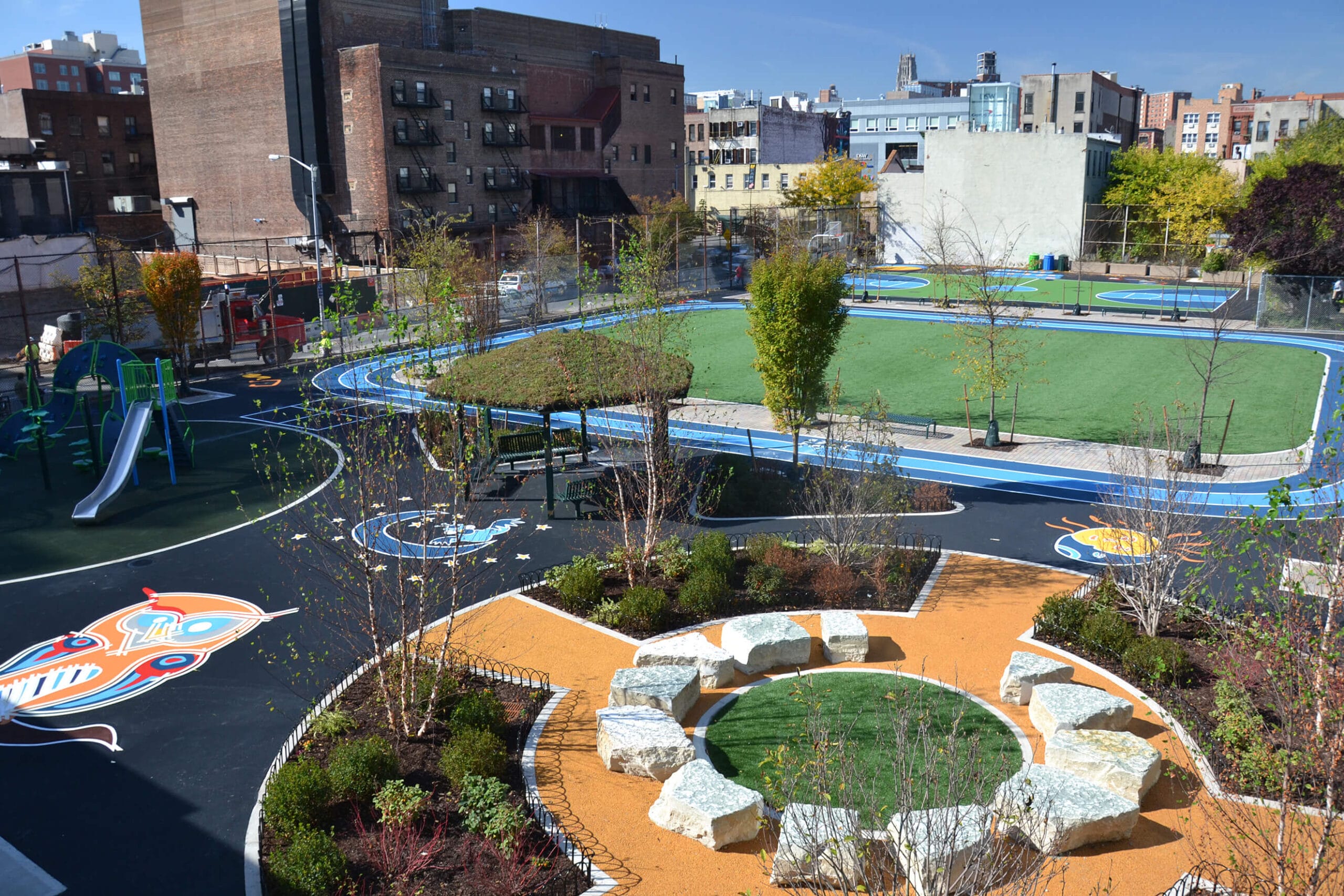
The little-known program that could save your next family vacation
The little-known program that could save your next family vacation
We are now in the middle of summer, which for many parents often means packing up the car, the kids, and hitting the road to visit favorite haunts or explore new places.
I remember summer trips when I was growing up, traveling across the west in the family car, visiting Yellowstone and Glacier National Parks, wowed by the beauty and majesty of our national park system. I also remember a visit to Boston harbor and climbing aboard “Old Ironsides,” the famed Navy ship from the War of 1812. Standing on the deck made real what until then was only a story from a history book. Years later, we shared the same experience with our sons, traveling through Yosemite, Canyonlands and Yellowstone, as well as Native American monuments and Gettysburg.
Trips like those make us appreciate both our beautiful country and our history. No nation does a better job of protecting the special places, and the stories, which make us who we are.
One of the most effective ways to protect our heritage is a little-known federal program called the Land and Water Conservation Fund (LWCF). Since it was created 50 years ago, it has helped protect thousands of acres of parks and forests, and hundreds of historic sites.
One of the beauties of LWCF is that it doesn’t use any of our tax dollars. It comes from money paid by oil companies who want to drill for oil and gas in offshore waters owned by all Americans. It is supposed to receive $900 million a year, but Congress usually cuts it deeply.
This week, for example, a House committee is writing a budget bill for the year beginning Oct. 1, and proposes only $152 million for LWCF, which means the program would only get about one-sixth of the money it is supposed to receive.
And that would be a shame, because the program does more than just protect places for families who are out on the road. Congress should provide the full $900 million funding for the program, as called for in the budget submitted to Congress earlier this year by President Obama.

The program has also helped save and build some of our greatest parks close to home, such as the Golden Gate National Recreation Area in San Francisco, or the Gateway National Recreation Area in New York. Even if they can’t jump in a car, people who live in cities still need a place to get outside and enjoy both the wonders of nature and the legacy of the American experience.
Now, our nation is in the midst of the 150th anniversary of the Civil War, the great conflict which helped define who we are, and which is still being studied today. The LWCF has helped there, too, by protecting some of the battlefields. For example, the National Park Service recently used it to add a major piece to the Richmond National Battlefield Park.
And we are also celebrating the first step toward “America’s Best Idea”—our National Park System. In the summer of 1864, in the midst of the Civil War, President Lincoln affirmed the importance of protecting the places that have become part of our national character. He did so by signing a bill granting the Yosemite Valley to the State of California to protect that beautiful and iconic landscape. Years later, Yosemite became a national park.
Anyone who pays attention to Washington knows there isn’t much the politicians agree on these days. But behind the headlines, one of the great things about LWCF is that is supported by both parties in Congress.
As Congress tries to write a budget, it has some difficult choices. But one of the easiest calls is to provide all the money it should for a program which has worked beautifully since it was created.
If Congress does that, it will provide more wonderful places for all those kids who are now in the back of their parents’ cars to take their own children years from now. We should never stop protecting and celebrating America’s most beautiful places.
Will Rogers is the president and CEO of The Trust for Public Land. This piece also appeared on his column for The Huffington Post.
Rising temperatures, bigger storms, and asphalt schoolyards pose significant risks during recess. Urge Congress to prioritize schoolyards that cool neighborhoods, manage stormwater, and provide opportunities for kids to connect with nature today!


Donate to become a member, and you’ll receive a subscription to Land&People magazine, our biannual publication featuring exclusive, inspiring stories about our work connecting everyone to the outdoors.
See how our supporters are helping us connect people to the outdoors across the country.











